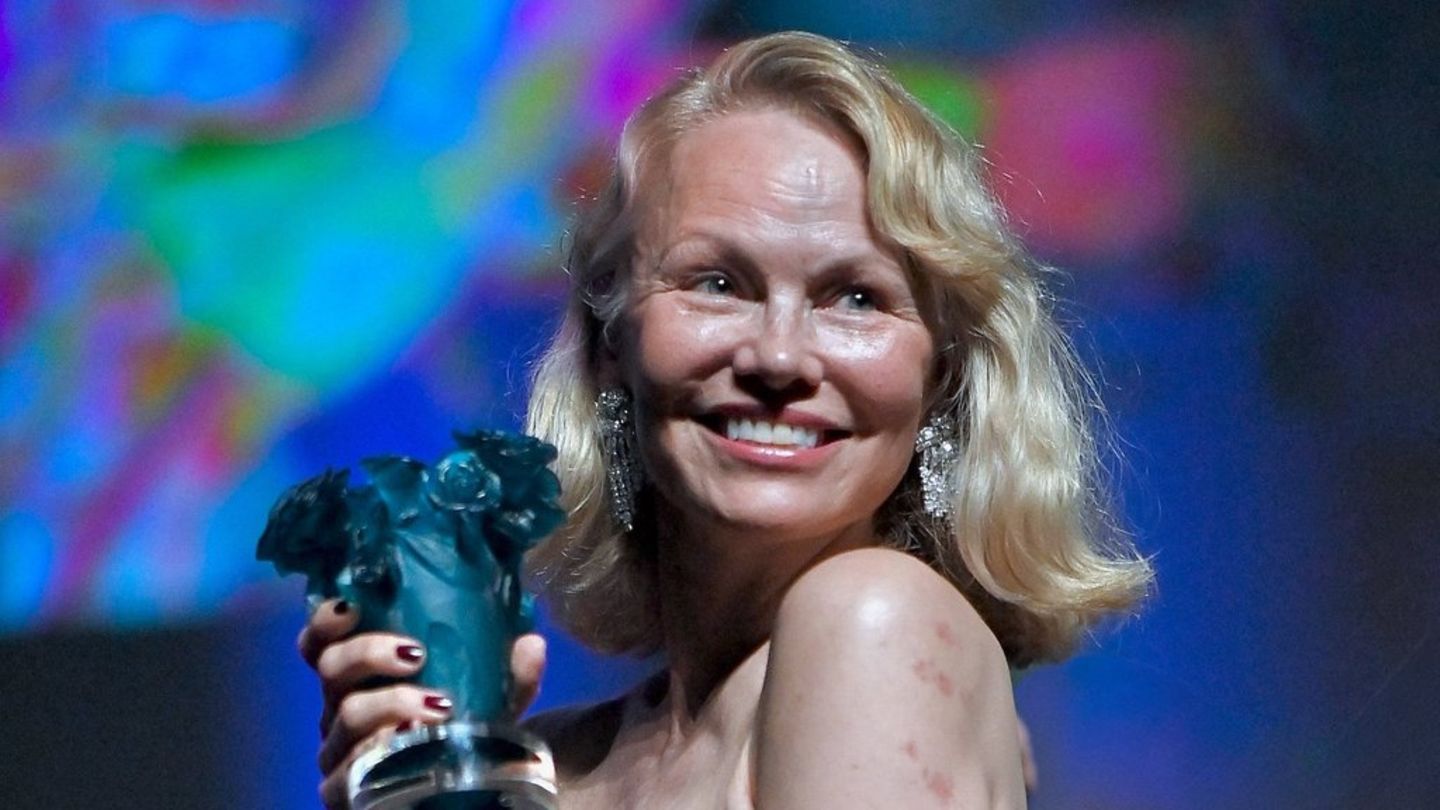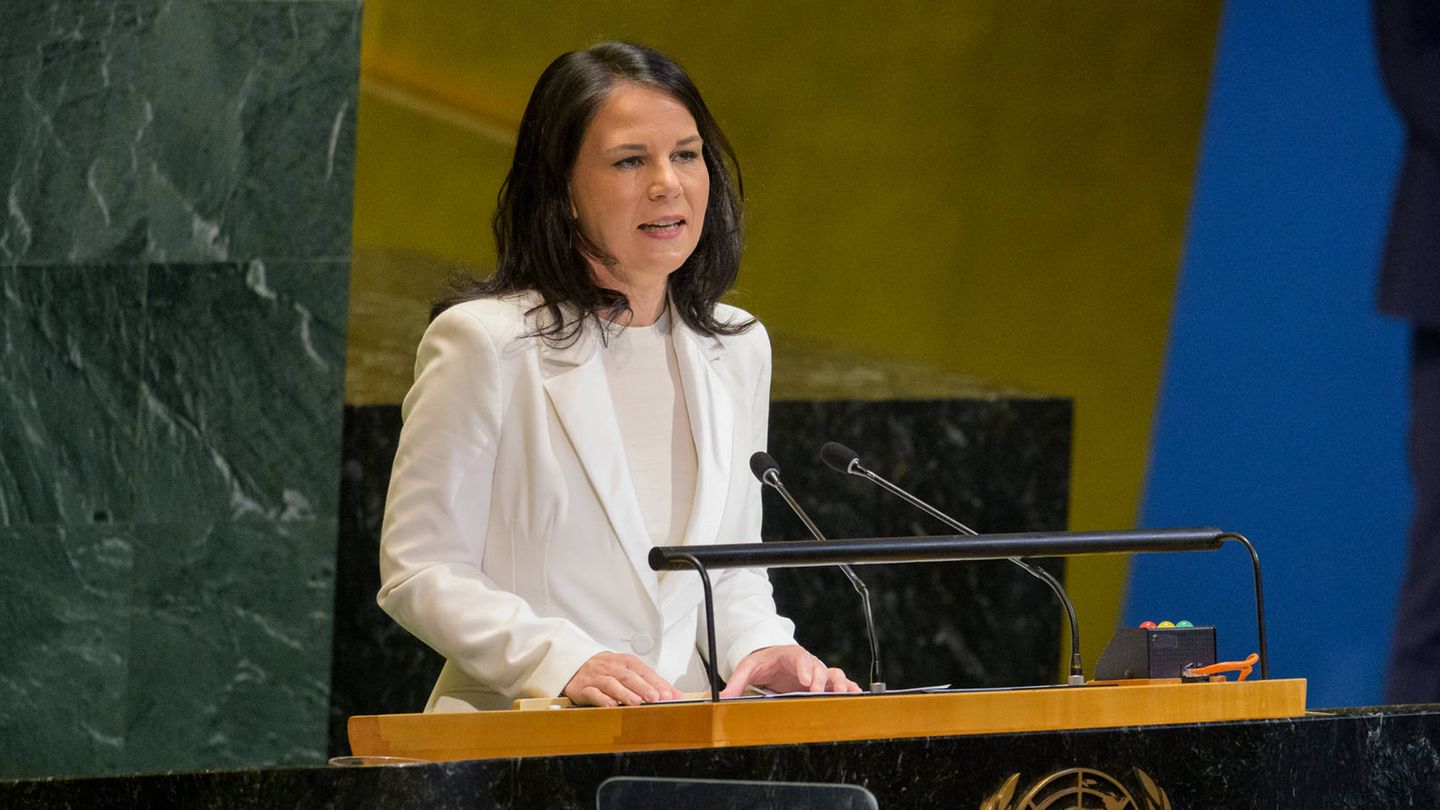He dollar Cash with Settlement (CCL) surpassed $1,100 this week and closed it with the highest increase in almost three months. Meanwhile, the MEP set a new historical nominal record, also operating above $1,100. In this way, financial dollars began their upward path through the portfolio dollarization and the fall in demand for pesos. But what is expected going forward? Three consultants They begin to analyze what will happen in the coming days.
Official dollar: the risk of exchange rate delay
Today the risk of Ministry of Economy, economists point out, it’s a new exchange delay Front of inflation. Although there is positive news: for example, that the Central Bank continues to buy foreign currencies – although at a lower level this week than in the previous ones – the fear is that this eventual exchange rate delay remove incentives for exporters again to liquidate foreign currency and return to the situation with which the Government started.
In turn, since mid-January, the consulting firm has highlighted Ecolatinapostponed payments for imports will begin to have a greater impact, which could generate a type of “bottleneck” increasing the demand for foreign currency.
For its part, from the consultancy Econviews They made a scheme that they called “the exchange labyrinth” which will culminate with a higher exchange rate, that is, with a new devaluation.
CENTRAL BANK 1500
From the consulting firm Econviews they carried out a scheme that they called “the exchange labyrinth” of the Ministry of Economy that could culminate in a new devaluation.
NA
“We consider that the initial devaluation was good and It didn’t fall short per se. Now, if we take into account that after the exchange rate jump there was a crawl of 2% monthly combined with an inflation that will be a minimum of 25% monthly in December and January (combined 56%), there we can think that a higher exchange rate was needed to have more room for appreciation.”
In this sense, they explain that: “continuing to devalue at 2% monthly implies that, in January, the real exchange rate will appreciate by 18.2%, in February by 11% and in March by 8.5%. In this scenario, by the end of March , the index will be 18% below its historical average. This level is similar to what it was before the August devaluation”.
On the other hand, they highlighted the risks that the official dollar does not rise at the rate of inflation: “Additionally, in the event that the real exchange rate continues to appreciate, our reserve accumulation projection would worsen. The effect will not only be on the assets of the BCRA. The gap will not decrease and the fiscal side is also complicated. “A less competitive exchange rate discourages exports and the collection from withholdings would be lower.”
Dollar: greater volatility in the MEP and the CCL?
According to Ecolatina, They do not rule out that in the coming weeks “the market will perceive a real delay in the CCL-MEP and begin to consider them as an investment opportunity, which would coincide with the seasonal reversal in money demand since February and the increased demand in the MULC. Clearly, the striking negative level of interest rate in real terms it could generate an additional fall in the demand for money.”
In fact, they maintain that with the recent increases in financial dollarsalready show returns above the interest rate in pesos. “This risk is not at all minor (it would be at least until the arrival of the thick harvest), given that the Alternative USD behavior is extremely volatile and can overreact, thus breaking exchange rate stability.”
Official dollar, reserves and gross harvest
According to the FMyA consultancy, The market does not believe in the 2% monthly crawling peg since February and estimates an increase to 5% because inflation would quickly “eat that devaluation” in April. From that point of view, he highlighted the increase in net reserves (since Javier Milei took office, US$8.7 billion have increased) but he estimates that the economic plan would aim to wait for the field’s harvest to seek exchange rate unification. without additional devaluation.
Source: Ambito




